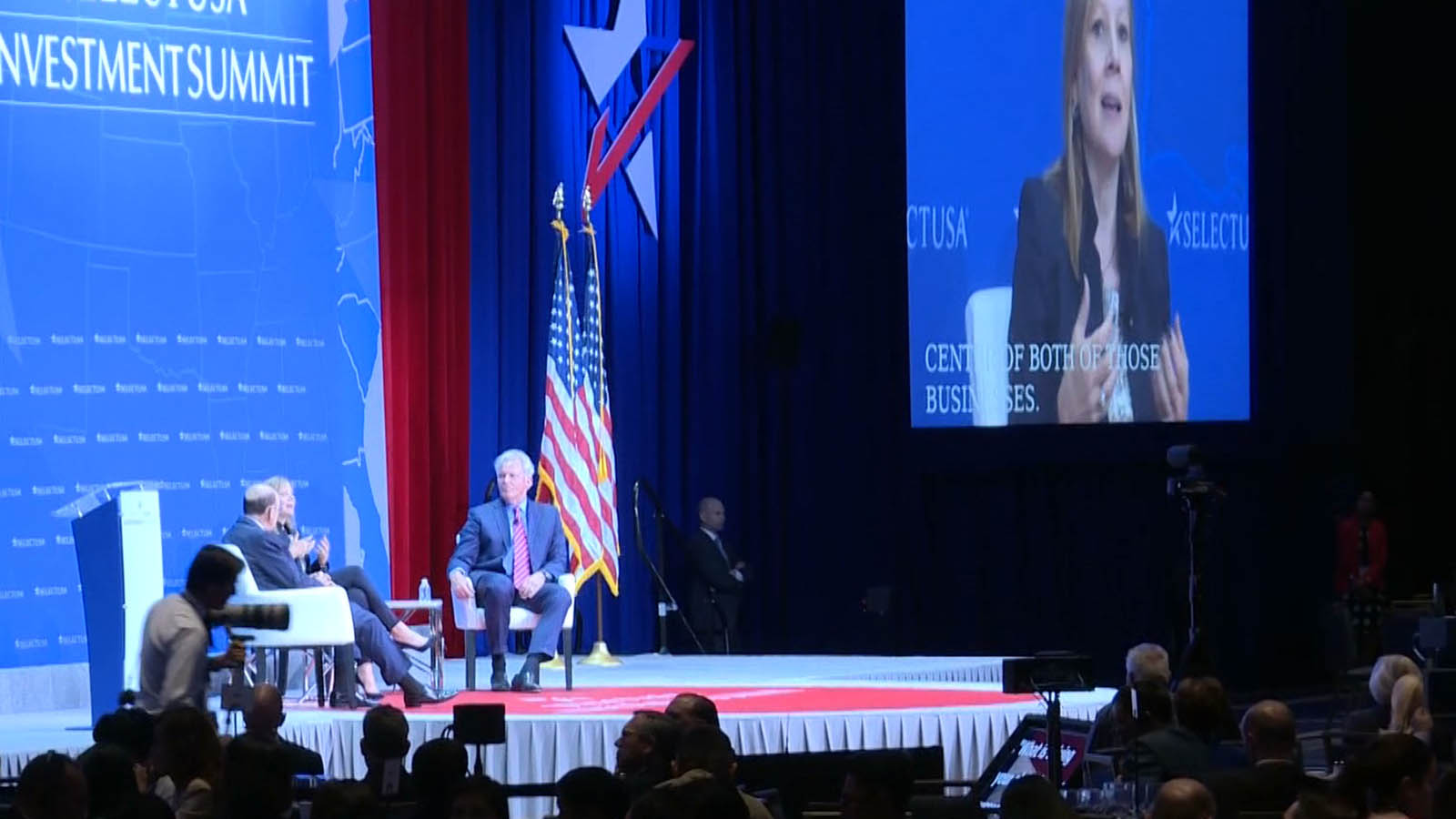American beef is returning to dinner plates across China. Over the summer, Chinese officials lifted a 14-year-old ban on imports, originally imposed after an outbreak of mad cow disease.
At least one U.S. state plans to take advantage of the reopening, and is asking Chinese investors for help.
CGTN’s Hendrik Sybrandy reports.
The air is crisp, the leaves are orange, the sun is climbing over the horizon. It’s the start of a beautiful autumn day in Montana, and at Eric Moore’s feedlot near Miles City, the Fall Run is underway.
Here, calves born in the spring are weaned from their mothers and prepared for shipping to a beef packing plant elsewhere in the U.S.
“The cattle are weighed. They’re sorted off from their mothers. They’re sorted for gender, steers and heifers,” according to Moore. “We’ll receive anywhere from 200 to 800 a day for the next ten days.”
Rancher Fred Wacker has come to buy 100 head of Black Angus cattle. Of all the beef he now sells, 15 percent goes to China. And that number, he said, is growing.
China banned U.S. beef exports in 2003 over concerns about mad cow disease. But the ban was finally lifted this summer, giving American cattleman in places like Montana huge new export possibilities.
Wacker thinks his all-natural herd is a perfect fit for the rapidly growing Chinese protein-eating market.
“We’re very careful what they eat. We test the water that they drink,” he said, explaining how he takes care of his animals.
At least one major hurdle exists though. His cattle are processed at a plant in Nebraska, 1,000 kilometers away. This costs him $80 a head, prompting to ask why not have a similar plant in Montana?
“It’s going to be more profitable for the Montanans, and it’s going to be less expensive for the people that buy it.”
The issue came up in September when Chinese Ambassador Cui Tiankai came to the state. Wacker suggested that by helping his state build a packing plant, Chinese investors could get more Montana beef onto the country’s dinner plates. He said the ambassador was receptive to his suggestion.
“Whatever we do, we should keep in the mind the interests of our two peoples, the people in Montana, the people in China,” the ambassador said. “Trade will benefit both peoples, on both sides.”
Ranchers think Montana’s advanced cattle genetics, fresh air and wide open spaces give the state’s grain-fed beef a leg up when it comes to Chinese consumers. And with the U.S. producing more agricultural products than it uses, many believe exports are essential for business.
Wacker said one million head of feeder cattle leave Montana each year. Keeping and processing them in state could open the beef pipeline to China even wider in the years to come.
This would create what he calls a “win-win for both countries.”
 CGTN America
CGTN America


